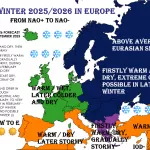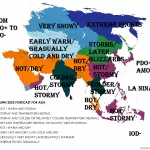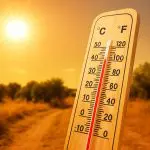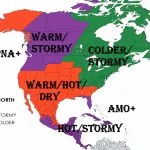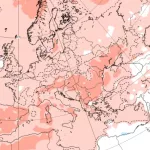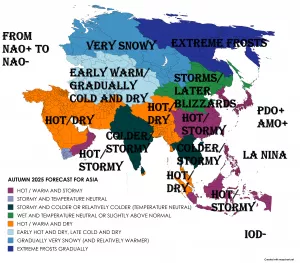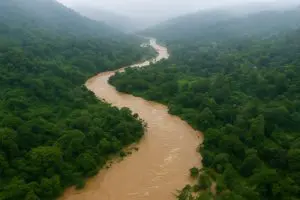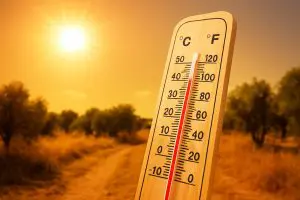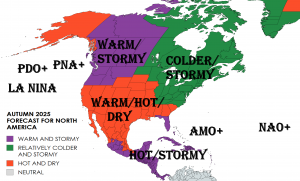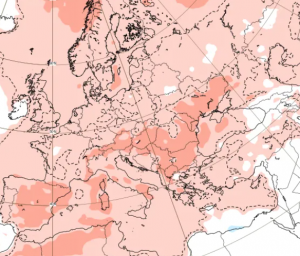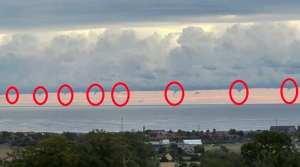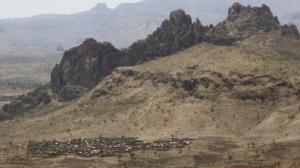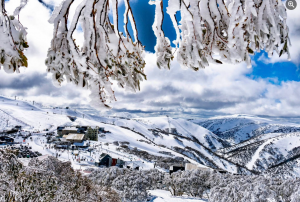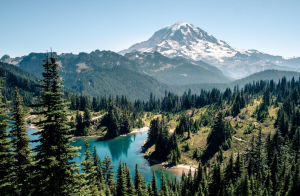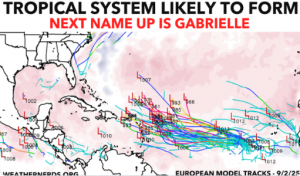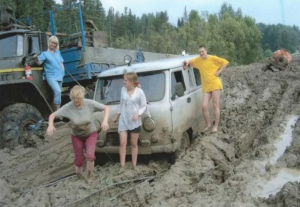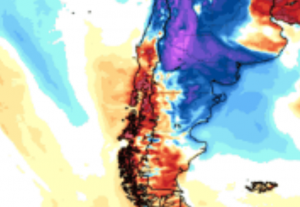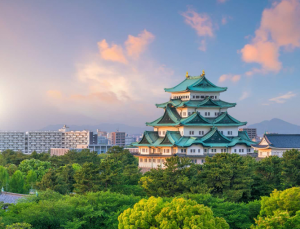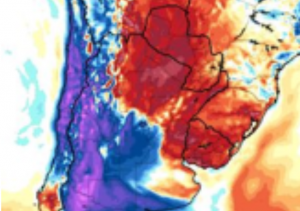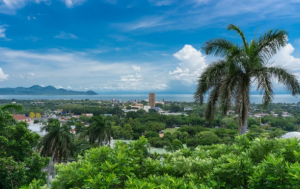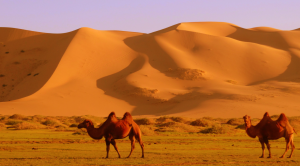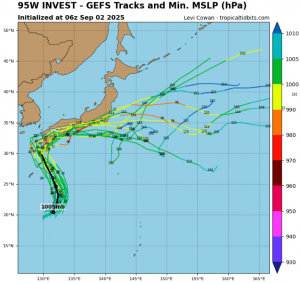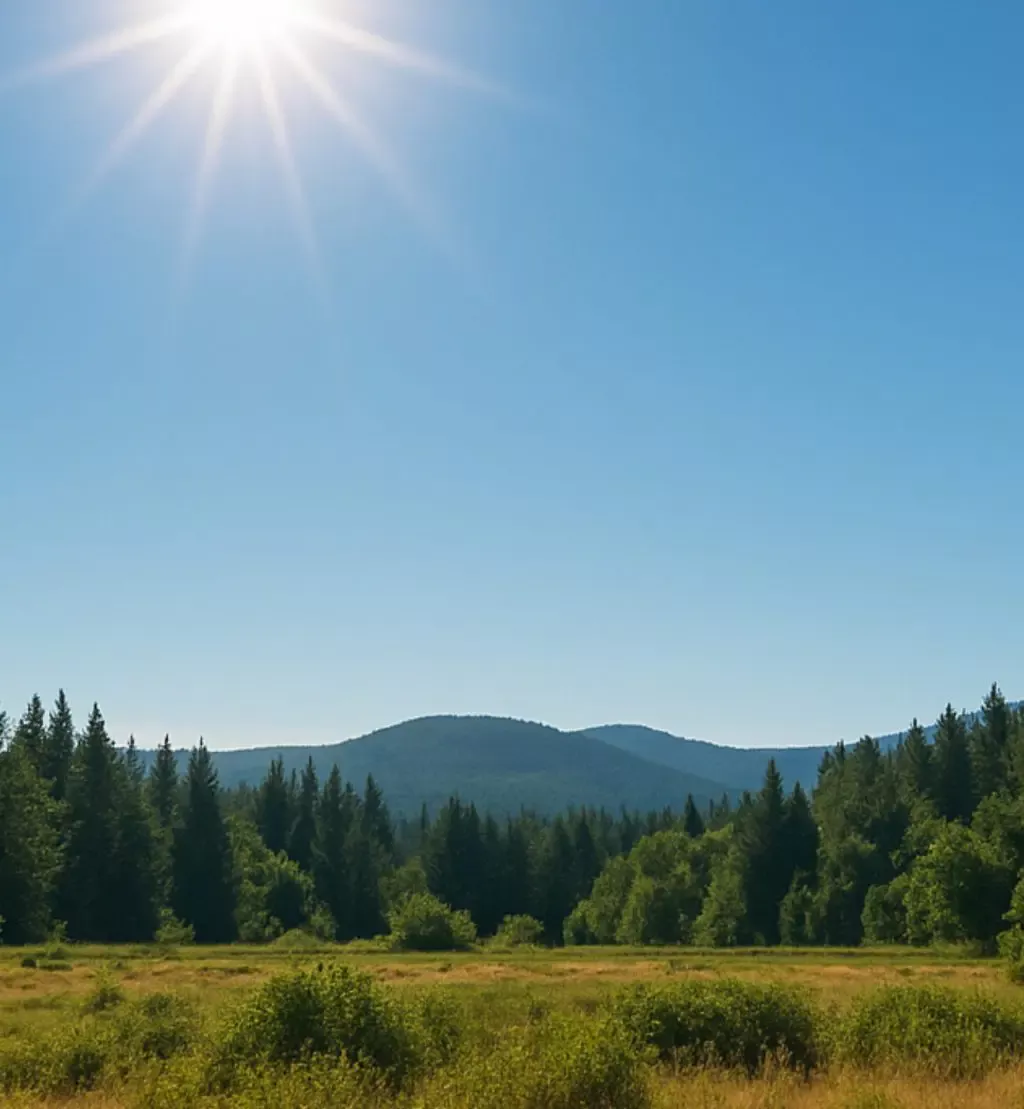
A punishing heat wave blanketed the western United States over the weekend, as a high-pressure ridge settled over the Pacific Northwest and parts of California and Arizona. Meteorologists noted that the system trapped hot air near the surface, leading to daytime highs well above historical averages. Portland hit 38.9 °C (102 °F) on August 22nd, breaking a record set in 1942, while cities across Oregon and Washington reported consecutive days of extreme heat. In Southern California, desert locations neared 46 °C (115 °F).
The impacts were immediate and severe. Emergency rooms across the region reported a surge in heat-related illnesses, particularly among the elderly and outdoor workers. Dozens of wildfires flared in California’s inland valleys and foothills, fueled by bone-dry vegetation and soaring temperatures. Power demand skyrocketed, forcing utilities to warn of potential rolling blackouts. In Arizona, the Phoenix metro area saw widespread reports of heat exhaustion among outdoor laborers.
Travel and logistics were also disrupted by the heat. Amtrak services were slowed or suspended in parts of Oregon due to concerns about rail buckling. Flights at Portland International Airport faced delays as high temperatures reduced aircraft performance. Roads buckled in some areas, including reports of cracked asphalt in Washington state, compounding commuter frustrations.
Local governments declared states of emergency in multiple counties, opening cooling centers and extending public pool hours to provide relief. Volunteers and nonprofit organizations distributed water and fans to unhoused populations, while public health officials urged residents to avoid outdoor activity during the peak of the afternoon. Still, many criticized the lack of long-term infrastructure planning for recurring extreme heat.
The National Weather Service warns the ridge could persist into the week ahead, prolonging dangerous conditions. Climate scientists note that extreme heat events are becoming more frequent and severe across the western U.S., raising concerns about water supply, power grids, and public health in a region already stretched thin.

